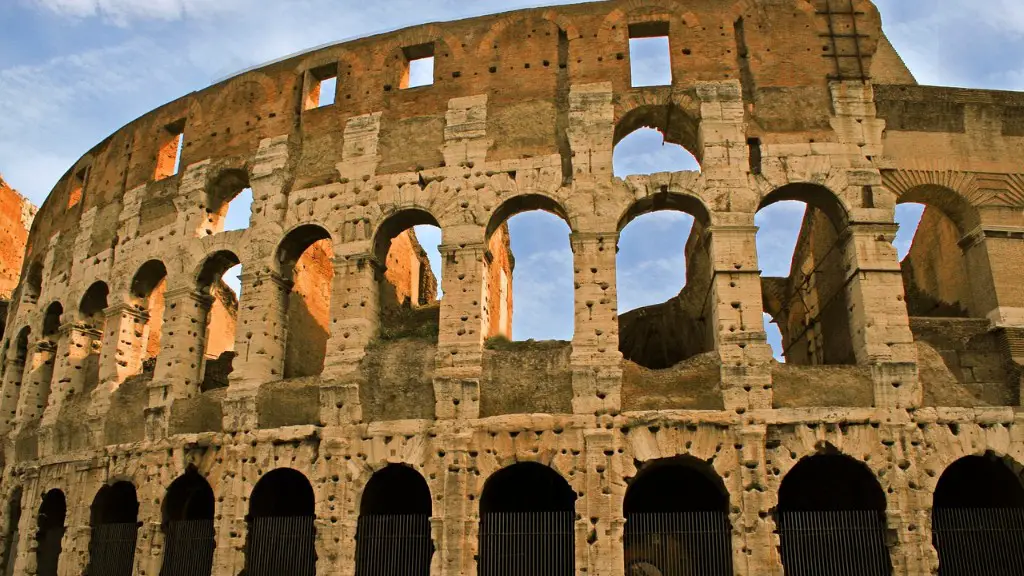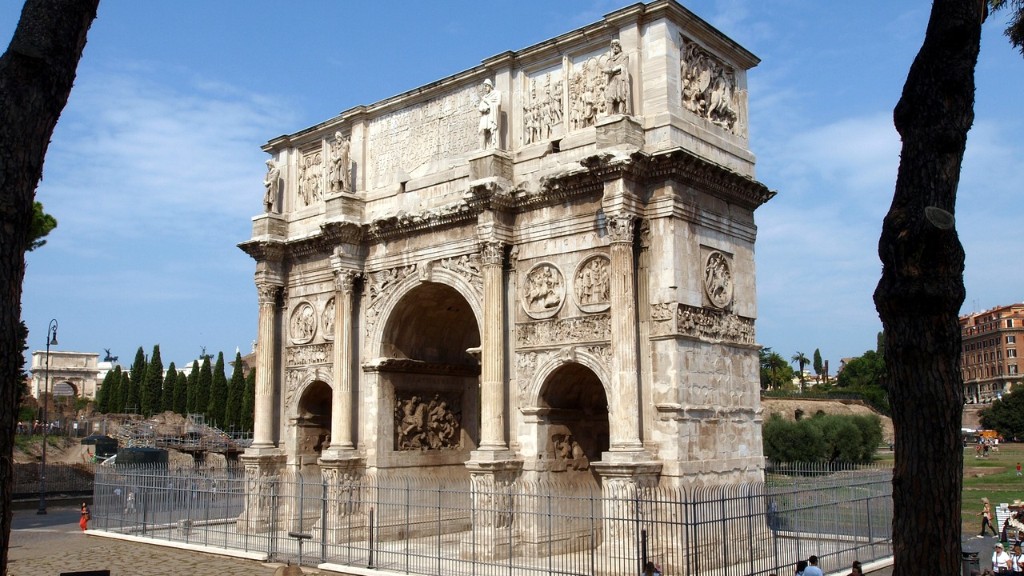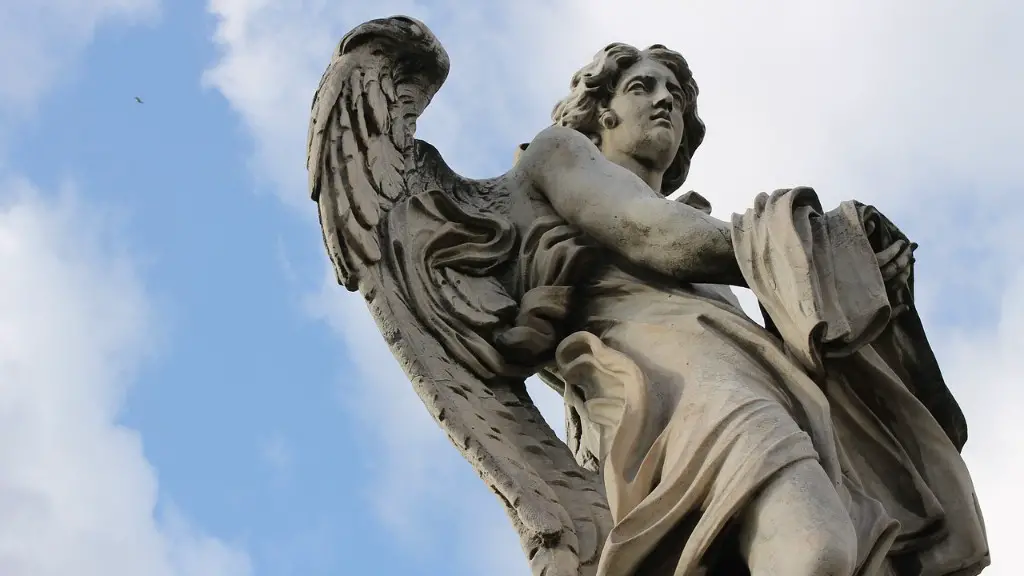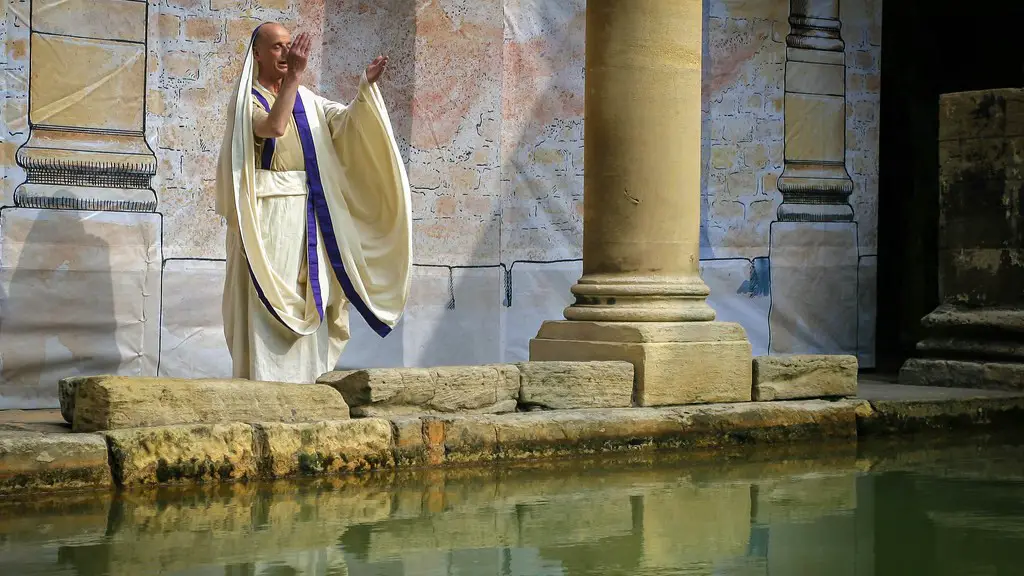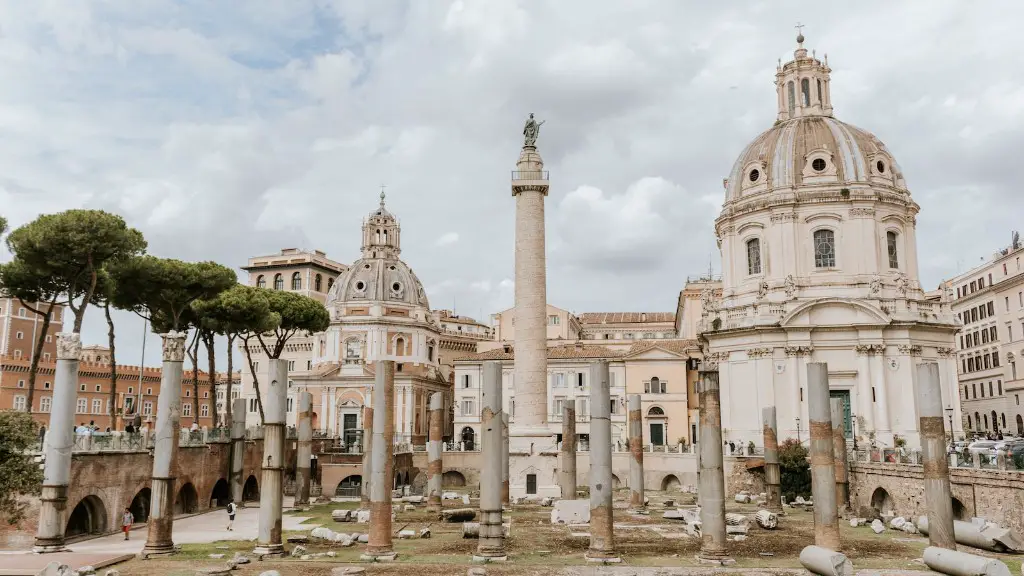When was Ancient Rome Pagan?
The area now known as Rome was first settled by Italic peoples in the 8th century BC, although the written history of Rome begins much later. By the 5th century BC, Rome had become one of the most powerful city-states in the region, laying the foundation for its eventual rise as an empire. Ancient Rome was a polytheistic culture, meaning the early inhabitants of the city-state believed in and worshiped many different gods and goddesses. The religion of ancient Rome was known as “paganism” and was a blend of traditional gods, beliefs, and rituals from various cultures, including Greek, Egyptian, and Etruscan.
The religion of ancient Rome was central to everyday life, with many activities being determined by religious festivals, sacrifices, and ceremonies. Religious rituals were performed to ensure fertility, health, and good harvests. Temples dedicated to the gods and goddesses were common throughout the city of Rome, and public buildings and monuments often featured religious symbols. Ancient Rome’s pantheon of gods included Jupiter, the god of the sky, Mars, the god of war, and Venus, the goddess of love and beauty.
Despite its polytheistic religion, ancient Rome was always open to new ideas and beliefs. This openness led to the gradual adoption of Christianity as the official religion in the 4th century AD. Before then, the majority of the population had continued to practice paganism, though with diminishing vigor. From the 5th century onwards, paganism was increasingly seen as outdated and was heavily discouraged by the rulers of the Roman Empire.
Eventually, paganism and its associated beliefs, rituals, and practices were largely forgotten and only remembered in stories, poetry, and art. As a result, it is not possible to provide a precise date when ancient Rome was pagan. Archaeological evidence, though, suggests that it was still practised throughout the empire into the 5th century AD, when Christianity began to take its place as the dominant religion.
Rituals and Festivals in Ancient Rome
Religion was an important part of everyday life in ancient Rome, and most of the activities revolved around worshipping the gods. This included various rituals and festivals that were held annually, monthly, or seasonally. Some of the most popular and important festivals were the Saturnalia, which involved worshipping Saturn, the god of agriculture; the Lupercalia, which celebrated fertility and purification; and the Compitalia, which honored of the Lares, the gods of the crossroads.
Many of these festivals, as well as others, involved elaborate ceremonies, processions, and sacrifices. Sacrifice was a key part of these rituals and was often done in order to gain favor from the gods or to prevent misfortune. Animals, particularly sheep and goats, were the most common offerings, although at some of the more important festivals, human sacrifice was sometimes practiced as well.
Festivals were also used to celebrate important events or mark the changing of the seasons. In the early days of Rome, most of these festivals were public events that were celebrated by the entire population of the city. As Christianity began to take hold, however, the pagan rituals and festivals were slowly replaced by more Christian-oriented ones.
The Influence of Paganism on Religion Today
Although paganism has been largely forgotten, its influence can still be seen in the world today. Many of the holidays celebrated in the western world have their origins in ancient pagan festivals and rituals. Christmas, for example, is thought to have come from the Roman winter solstice celebration, while Easter is believed to be related to the pagan goddess Eostre. Even the names of the days of the week have their roots in pagan gods and goddesses.
Paganism also continues to influence the way people view and practice religion. Many of the practices and beliefs found in pagan religions, such as reverence for nature and a focus on ritual, are also found in some forms of Christianity and other religions. Although paganism has largely been forgotten, its legacy lives on in the way we think about and practice religion.
The Decline of Paganism in Ancient Rome
The decline of paganism in ancient Rome was a long process that began in the 4th century AD. Christianity had been steadily spreading across the empire, and by the 4th century it had become dominant in the city of Rome. As Christianity gained in popularity, paganism was increasingly seen as outdated and was actively discouraged by the ruling authorities.
The most significant event in the decline of paganism in Rome was the adoption of Christianity as the official religion of the Roman Empire in 391 AD. This conversion not only marked a shift in religious beliefs but also had a dramatic effect on the way people lived and practiced their faith. Many of the pagan temples and shrines were destroyed or converted for Christian use, and the old festivals and rituals were replaced with Christian equivalents. This helped to ensure that Christianity continued to be practiced, while paganism soon fell out of favor.
The emergence of Christianity in Rome and its dominance over paganism meant that the original practices were all but forgotten by the 5th century. Those that remained could only be found in stories, poetry, and art, leaving no direct evidence of their existence. As a result, it is not possible to provide an exact date when ancient Rome was pagan.
Implications of the Decline of Paganism
The decline of paganism in ancient Rome had far-reaching implications on culture and belief systems in Europe. As Christianity became the standard faith, pagan beliefs and practices disappeared, either by being replaced with Christian equivalents or slowly fading into obscurity. This shift in religious practice led to a decrease in public worship, as churches and temples were no longer seen as public places. Instead, religious activity became mostly a private affair, with attendance and involvement in religious services largely restricted to family or small closed communities.
The decline of paganism in Rome also had a profound impact on the way people view religion over time. The emergence of Christianity in Europe marked the beginning of a movement away from traditional religious beliefs and practices and towards a more rational, scientific approach. This, in turn, had a major influence on how people thought about the world and their place in it, as well as how they responded to different events and circumstances.
The Legacy of Ancient Rome
Despite the decline of paganism in ancient Rome, its legacy still lives on today. The city’s architectural and artistic achievements, such as the Colosseum, provide a tangible connection to this period in history. Its literature, such as Virgil’s Aeneid, Cicero’s speeches, and Caesar’s Commentaries, is still widely read and studied. And its religious practices, although now largely forgotten, have left their mark in the holidays and festivals observed in the western world. Even in its decline, ancient Rome has left an unforgettable and indelible mark on history.
Influence of Paganism on Ancient Rome
The religion of ancient Rome, or paganism, was very much a part of everyday life in the city. This polytheistic faith was based on numerous gods and goddesses, as well as various rituals, feasts, and ceremonies that were held to honor them. This religion was central to the city’s economic and social life and many of the monuments, public buildings, and artworks featured important religious symbols. These symbols and practices helped to shape the city and its people, while at the same time acting as reminders of the city’s pagan past.
Although the decline of paganism in ancient Rome was inevitable, its influence can still be seen in the city today. Its mythology and symbolism are still evident in the language, art, and architecture of Rome. Even more importantly, its practices and beliefs live on in the way people think about and practice religion today. This legacy of paganism is still alive and well, even thousands of years after its decline.
The Role of Christianity in Ancient Rome
Christianity was first introduced to Rome in the 1st century AD and gradually gained popularity until it became the official religion of the empire in the 4th century. This conversion not only marked a major shift in religious beliefs but also had a dramatic effect on the way people lived and practiced their faith. The decline of paganism in Rome led to the emergence of Christianity as the dominant belief system in the city, and by the 5th century it had become the most widespread faith in the Empire.
The spread of Christianity in Rome had far-reaching implications on culture, economy, and belief systems in Europe. Christianity provided a sense of purpose and unity to the people of the city, and its teachings guided the way people lived their lives. It also created an environment in which science and rational thought were encouraged and allowed for the emergence of new philosophical and theological ideas. As a result of these changes, the influence of Christianity can still be seen in the way people think about the world and their place in it.
The Impact of Christianity on Ancient Rome
The spread of Christianity in Rome had a profound impact on the city and its inhabitants. One of the most significant impacts of Christianity was the decline in public worship. As Christianity became the accepted religion, churches replaced pagan temples as centers of spiritual devotion and worship. This shift in religious practice also had a dramatic effect on the way people viewed and practiced their faith, as private devotion and smaller communities of believers began to take hold.
The impact of Christianity on the city was also evident in the way people lived and interacted with each other. Christian teachings helped to shape the moral codes of the time, while its emphasis on charity and compassion encouraged an attitude of kindness and respect between citizens. This helped to create a spirit of unity and cooperation between the people of Rome, making them much more likely to come together to work towards a common goal or resolve a dispute.
Lastly, the presence of Christianity also had a major influence on the way in which people approached the challenges and opportunities that life presented. By providing a moral basis and sense of purpose, Christianity allowed people to rise above their own limitations and embrace the challenges of life. This helped the people of Rome to become more open and tolerant towards each other and to approach problems with a sense of resilience and hope.
